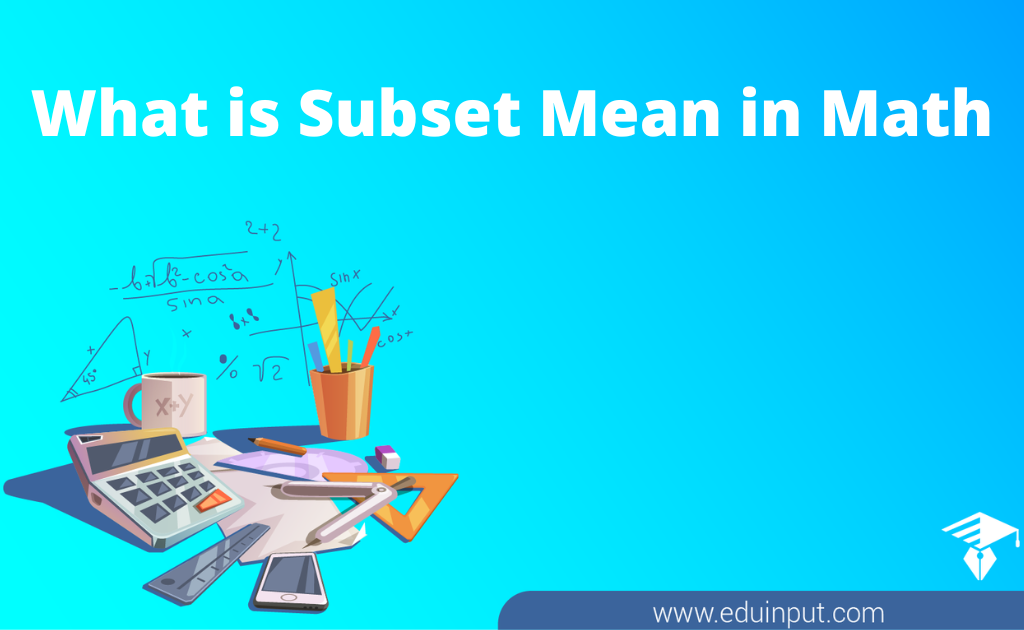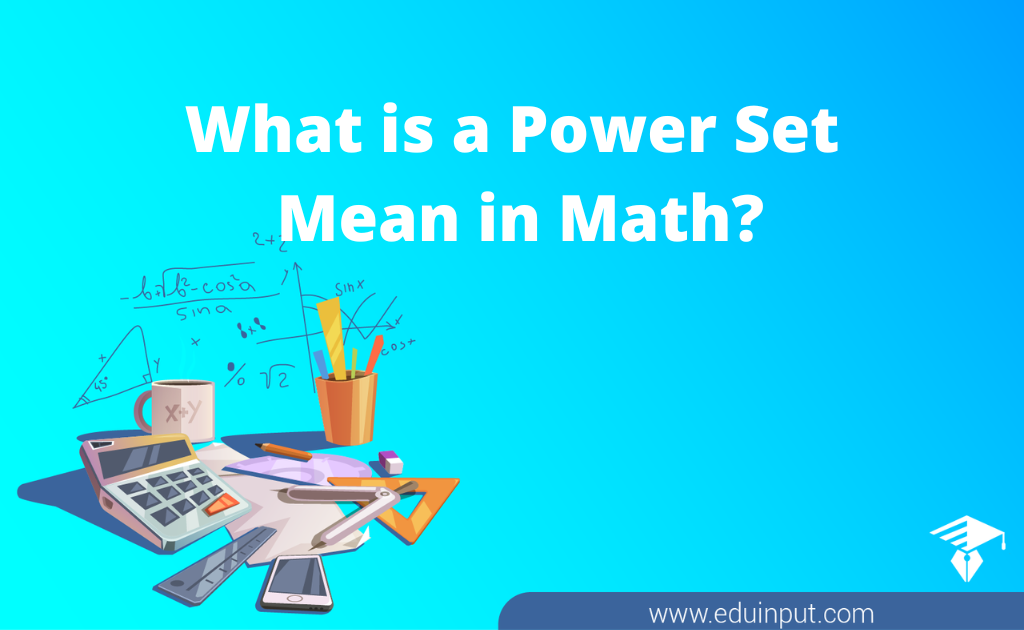Empty Set Mean in Math | How to Denote an Empty Set
In mathematics, a set is a collection of well-defined of distinct objects or elements. A set that does not contain any member is called an empty set or a null set.
An empty set is represented by using the symbol ‘∅’. It is read as ‘phi’. Example: Set X = {}. It is also called an empty set or null set. In this article, let’s learn about empty sets or null set their definition, properties, and examples.
What is an empty set?
In mathematics, a set is a collection of well-defined of distinct objects or elements. A set that does not contain any member is called an empty set or a null set. An empty set is represented by using the symbol ‘∅’. It is read as ‘phi’. Example: Set X = {}. It is also called an empty set or null set.
For example:
A={x:x=whole number 3<x<4}
B={x:x=prime number 8<x<10}
Empty set symbol
An empty set is denoted by as {}, containing no element at all. It is also denoted using the symbol ‘∅’ (read as ‘phi’).
How to denote an empty set
Empty sets are denoted by using the empty curly brackets { } in set theory that are generally used to denote sets. However, since empty sets are unique types of sets, these sets can also be denoted by using a special character ∅. Let an example of an empty set A containing multiples of 5 between 6 and 8. Since there are no multiples of 5 between 6 and 8, so the given set is an empty set.
Set A = {y: y is a multiple of 5 and 6<y<8}
- The notation of this empty set is: A = { }.
- The same empty set A can also be denoted using the following notations: Empty set = { } or, X = { }.
- We can use the special symbol ∅ to indicate an empty set.
Summary
Few important points about the empty set
- An empty set or a null set can be defined if it doesn’t contain any members or objects.
- Empty sets are also said empty sets or null sets.
- The union operation between any set and an empty set will always answer in the set itself.

 written by
written by 




Leave a Reply